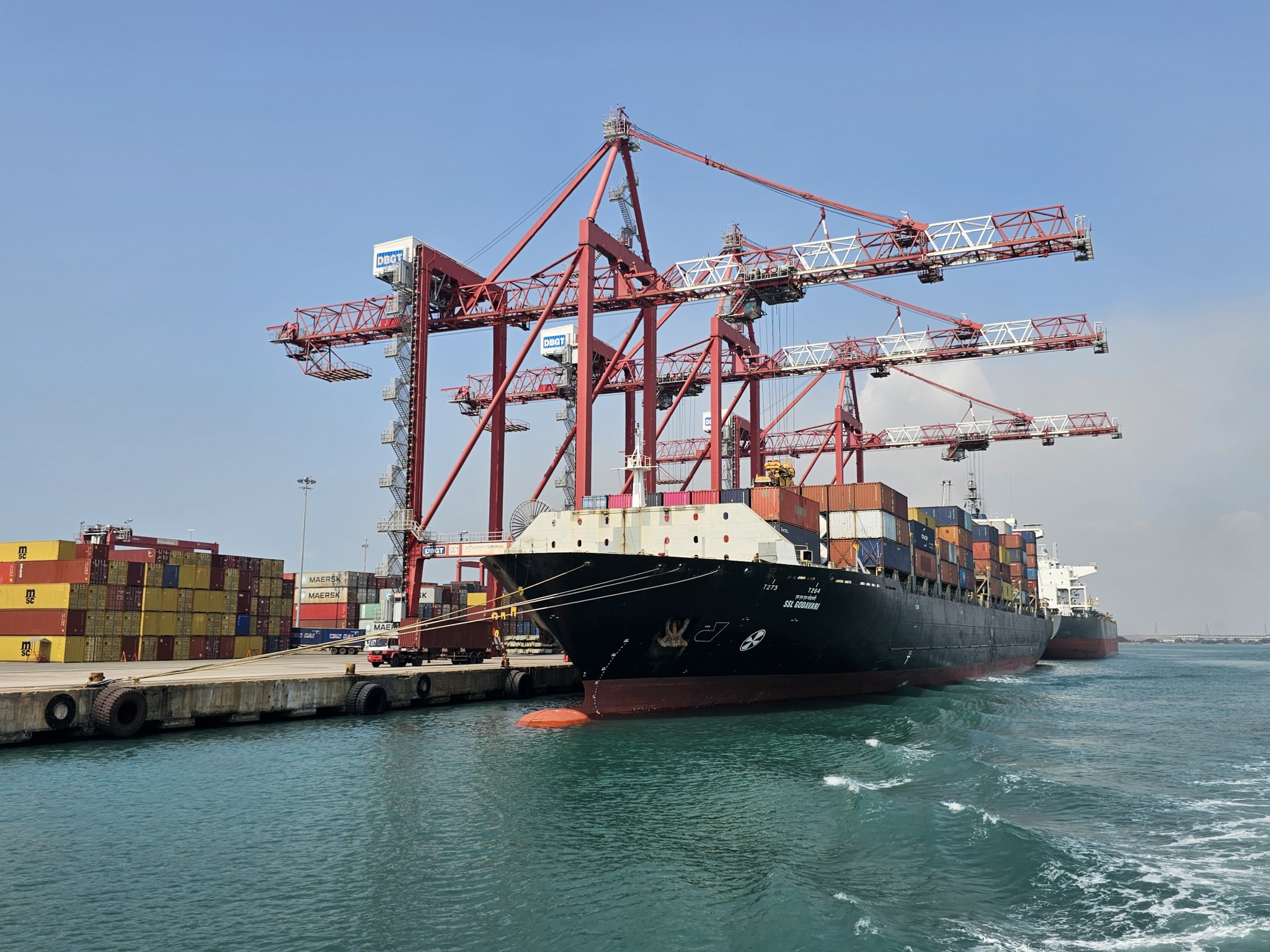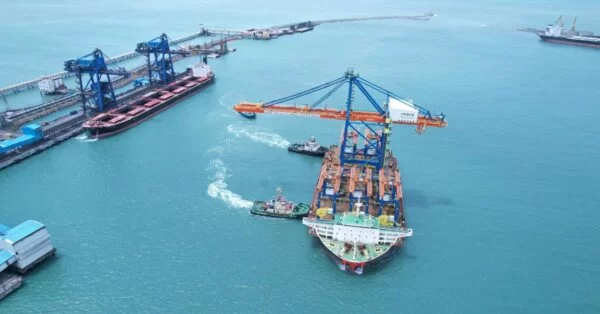

V.O. Chidambaranar Port Authority (VOC Port) is a shining example of sustainability and creativity along the blue stretch of Tamil Nadu’s coastline, where the Bay of Bengal meets the heart-pounding bustle of marine commerce. This crucial marine gateway at Tuticorin is leading a green revolution in the country’s shipping industry in addition to facilitating trade as India prepares for India Maritime Week 2025. VOC Port is a prime example of how strategic infrastructure can support ambitious environmental goals in the face of global calls for decarbonization, helping India get closer to its Net Zero emissions target by 2070. This story takes place against the backdrop of Maritime India Vision 2030 (MIV 2030), a comprehensive plan that aims to support sustainable trade by establishing world-class ports, effective logistics, and environmentally friendly operations.
VOC Port’s journey into green energy began with a pioneering commitment to renewables, positioning it as the first major Indian port to harness solar power extensively. With an installed rooftop solar capacity exceeding 1 MW (precisely 1.04 MW), the port has set a national benchmark for integrating clean energy into daily operations. Complementing this, a 5 MW ground-mounted solar plant and a 2 MW wind power facility have been operational, collectively generating 12.65 million units of green electricity in fiscal year 2024–2025. This output has not only reduced operational costs but also slashed carbon dioxide emissions by an impressive 10.37 million kilograms, equivalent to planting over 170,000 trees. Such initiatives underscore a broader strategy to transition from fossil fuels, fostering energy self-sufficiency while mitigating climate impacts.

To further reduce its use on diesel-powered vehicles, VOC Port is electrifying its ground operations. In an effort to promote zero-emission mobility on its property, the port is now establishing five EV charging stations and purchasing 20 electric vehicles. By lowering local air pollution and operational noise, this action supports India’s quest for electric transportation in logistics. Additionally, a memorandum of understanding (MoU) with NTPC Green Energy Limited opens the door for further development of 1 MW of green hydrogen, expanding the port’s renewable energy portfolio. In order to strengthen its position as a hub for manufacturing, VOC Port has set aside 501 acres for green hydrogen and ammonia production facilities. These activities are not isolated; rather, they are a component of a larger ecosystem that aims to boost economic growth, provide employment, and establish Tuticorin as a global center for clean energy technologies.
At the core of VOC Port’s green mission is its innovative entry into green hydrogen, a multipurpose, carbon-free fuel that has the potential to completely transform the industrial and maritime sectors. The first green hydrogen pilot plant in India is run by the port and can produce 10 normal cubic meters per hour (Nm³/h). This plant, which started production trials in April 2025, electrolyzes water using renewable energy to produce hydrogen, which powers electric vehicles and even lights port lamps. With the help of a ₹35 crore grant from the Ministry of Ports, Shipping, and Waterways, a dedicated hydrogen bunkering facility is expected to be put into service in January 2026. Decarbonizing shipping routes will be made possible by this infrastructure, which will allow ships to refuel with green hydrogen. Green methanol, an alternative fuel created from hydrogen, is also undergoing pilots, with incentives provided to ships that implement low-emission systems.

Working with the Shipping Corporation of India (SCI) to create the country’s first Coastal Green Shipping Corridor is a key component of VOC Port’s ambition. By late 2025, it is anticipated that this novel route, which connects Tuticorin (VOC Port) in the south with Kandla Port in Gujarat on the west coast, will be operational. The corridor, which will span roughly 1,500 nautical miles, would give preference to ships that run on renewable fuels like hydrogen and methanol, greatly reducing emissions from coastal cargo transportation. This project aims to improve trade efficiency and serve as an example of sustainable marine operations by including cutting-edge bunkering facilities at both ends. It immediately advances MIV 2030’s goals of creating environmentally friendly infrastructure and reaching net zero at significant ports by 2047, before the country’s 2070 deadline.
These initiatives at VOC Port are representative of India’s larger maritime revival under MIV 2030, which lays out 10 major targets such as the adoption of renewable energy, the development of best-in-class port infrastructure, and the efficiency of end-to-end operations. The port’s accomplishments, which range from hydrogen advancements to renewable energy milestones, show a collaborative approach between industry, government, and technological partners. Given that shipping accounts for around 3% of global greenhouse gas emissions, VOC Port’s approach provides other Indian ports, such as Deendayal (Kandla) and Paradip, with a repeatable framework.
To sum up, VOC Port’s green marine revolution is a story of vision, tenacity, and dedication to environmental stewardship rather than just a collection of initiatives. In addition to strengthening India’s economic might, this Tamil Nadu powerhouse will hasten the country’s transition to Net Zero by late 2025 when the green shipping corridor comes to life and hydrogen facilities grow. VOC Port shows the way forward in a time when sustainability is crucial, demonstrating that environmental harmony and marine advancement can coexist.